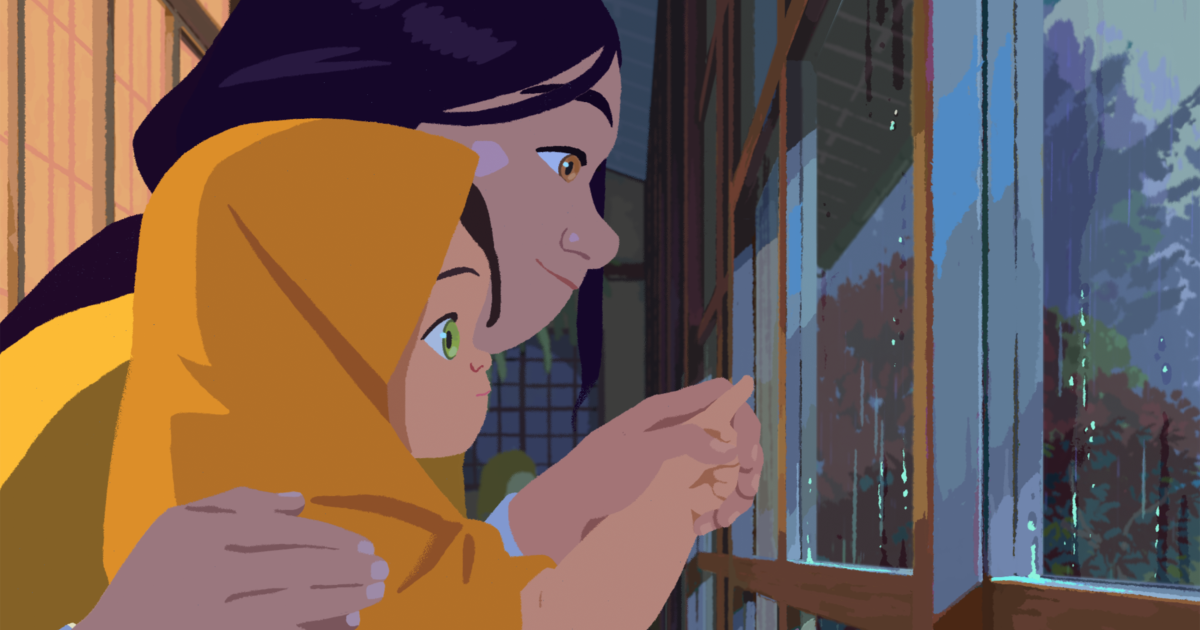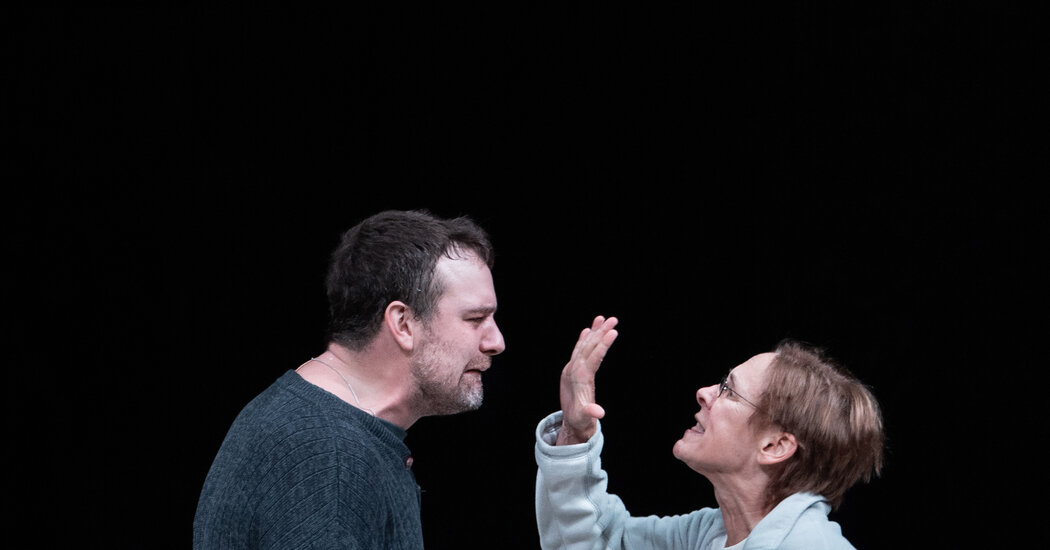Copyright Los Angeles Times

When he was 19, French filmmaker Liane-Cho Han received a copy of Amélie Nothomb’s autobiographical 2000 novel “Métaphysique des tubes” from a close friend. Told from the point of view of a 2 1/2-year-old Belgian girl growing up in 1960s Japan, the personal account chronicles the loving relationship between the perspicacious child, who believes she is God, and her family’s Japanese housekeeper Nishio-san. Amélie grows up convinced she is Japanese and idealizing her family’s temporary host country. How the book allows the reader “to see the beauty of the world through her naive eyes” captivated a young Han. Now, he’s turned the text into the whimsical and poignant animated feature “Little Amélie or the Character of Rain,” in theaters Friday, with co-director Maïlys Vallade. The two met working as storyboard artists on Mark Osborne’s “The Little Prince.” “At that young age I had this dream to maybe one day adapt it in animation,” he says while in Los Angeles for the Animation Is Film Festival. “I felt like it was the only medium that could translate it.” Popular in Francophone countries, Nothomb’s book includes introspective passages with literary descriptions of the author’s feelings at that young age. “It’s full of philosophical reflections,” Vallade explains. “Amélie is a really singular child with a very mature mind.” To secure the rights, the directing duo wrote Nothomb a letter and included visual references from previous films they had worked on. Her publisher replied positively; however, the private author wouldn’t be involved. “She feels that her books are her children, so the adaptations are her grandchildren, and she doesn’t interfere with her grandchildren’s education,” Vallade says, laughing. Such freedom from oversight also came with a lack of access to Nothomb’s childhood photographs or any other archival materials directly from her. Vallade and Han resorted to other audiovisual works, especially the 2012 documentary “Amélie Nothomb, une vie entre deux eaux,” which features images from her childhood, including of the real Nishio-san. To reproduce the now-destroyed house in Japan where the story unfolds, production designer Eddine Noël researched the details of Japanese homes at the time. When Nothomb did watch the finished film, her response was overwhelmingly positive. “She felt like we brought her dad back to life,” says Vallade. Though the book centers on an adorable if prickly little girl, its intended audience is not children. With that in mind, Han and Vallade sought to make the film adaptation enjoyable for all age groups. “We really didn’t want to make it an easy movie for children,” Vallade explains. “We wanted to push reflection around difficult questions in life.” The source material, Han says, is rather realistic in its approach to Amélie’s experiences. Their reinterpretation for the screen had to transcend the text and express a more fantastical inner world. From the first time he read Nothomb’s novel, there was a scene, already laced with a touch of magic, that Han thought seemed ideal for transformation. “In the book Amélie walks on the water in the sea, but as naive as I was then, one of the first images that came was, ‘Maybe she would open the sea like Moses instead.’” The resulting sequence brims with delightful wonder and manifests her spunky, self-assured personality. In crafting what Vallade calls the “phantasmagoric imagery” that conveys Amélie’s euphoria and melancholy, the color palette played a critical role. “The colors helped a lot to understand Amélie’s emotion,” says Vallade. “In the beginning we have really shiny, saturated colors, but in her process of discovering the reality of existence, the colors become more desaturated, less bright.” Since Vallade and Han were working with a team of artists they’ve collaborated with for many years, including on Rémi Chayé’s aesthetically similar “Long Way North,” the production of “Little Amélie” lasted only 14 months, a shockingly short time for an animated feature. “For us the thematic depth is more important than the form,” says Vallade. By contrast, the screenplay, written with Aude Py and Noël, took more than five years. The finished version strips numerous elements from the book to focus the narrative on Amélie and Nishio-san’s unlikely bond, the theme of death and Amélie’s belief that she is Japanese because it’s the culture she’s been raised around. It’s the impending separation from Nishio-san, who embodies resilience in postwar Japan, that serves as Amélie’s emotional crux. That Amélie believes she is a deity, Han suggests, speaks to how all young children believe that they’re in the center of the universe. “They slowly understand they are actually part of it. There’s grief in accepting that, and there’s resistance at that age,” he says. Since both Han and Vallade are parents, their toddler heroine resonated strongly with them. For Han, the confusion Amélie feels about her identity as a Belgian child who grew up in Japan also had a personal connection. “Amélie believes she is Japanese until she has this disillusion, and it’s always hard when you’re coming from both cultures,” he says. “I was born in France, but my roots are Chinese.” At the center of “Little Amélie,” Han says, is the notion that even though we are bound to suffer and face struggles, “life is worth living no matter what.” Accepting the possibility of disillusion as part of existence allows Amélie to endure sorrow and bask in moments of elation.



